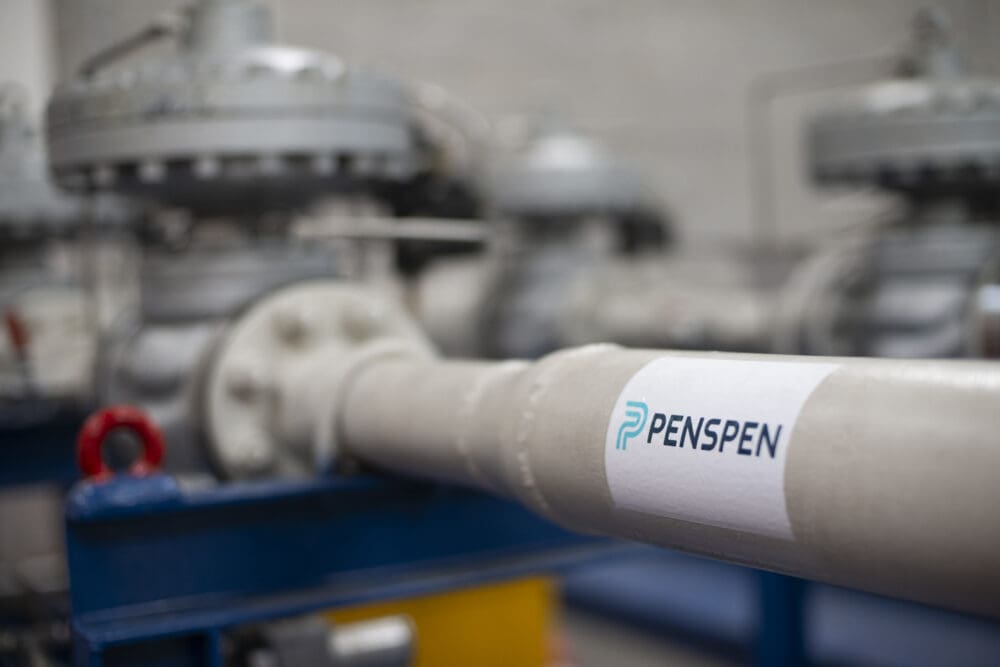Management & Assessment of Cracks in Pipelines in Latin America
Project Background
Penspen were contracted to identify the damage mechanisms associated with cracking in a gas transportation pipeline, in order to establish actions that allow managing the threat, through plans focused on its mitigation.
Services
The service was delivered using Penspen methodology to globally address the growing threat of cracking. Our worldwide experience through the PIMS (Pipeline Integrity Management Systems) model, the PDAM (Pipeline Defect Assessment Manual) and international best practices (ISO, AME, API & NACE) allowed us to develop a 4-phase diagnosis of the asset:
- Phase 1 – Diagnostics
- Phase 2 – Inspection
- Phase 3 – Evaluation of the Inspection
- Phase 4 – Validation of the ILI run
During the 1st phase, it was important to carefully review all the available information of the asset, such as:
- The ILI inspection history
- History of cracks detected
- Maintenance history
- Type of pipeline coating
- Potential geo-threats
- ECDA studies
Result
From the results of Phase 1 of the diagnostics run, Penspen were able to obtain segments that were susceptible to cracking, due to the combination of axial loads related to the resistance of the pipe to the movement of the ground (ground conditions), and the circumferential loads due to internal pressure (operational requirements). This sheds light on the areas which would be most susceptible to cracking and subsequent breaking, which were areas with a critical combination of deformation and defect size.
In order to guarantee that the gas pipeline operates under a safety approach and reduce the risks associated with cracking mechanisms, a strategic plan was set in place. The plan contemplated the following:
- Inspecting values in susceptible areas by non-destructive testing
- Performing direct inspections of 37 points susceptible to cracking that have a higher density of indications
- Monitoring indications with the DCVG 03 technique
- Implementing topographic and geotechnical monitoring of the sectors with registered movement
In the second phase of the methodology, Penspen recommended the type of technology for internal inspection, according to the characteristics of the fluid and type of threat.
Finally, Phase 1 of the crack management system methodology resulted in savings in predictive maintenance and the prioritization of susceptible segments, which allowed for the maintaining of the pipeline’s reliability and integrity.





